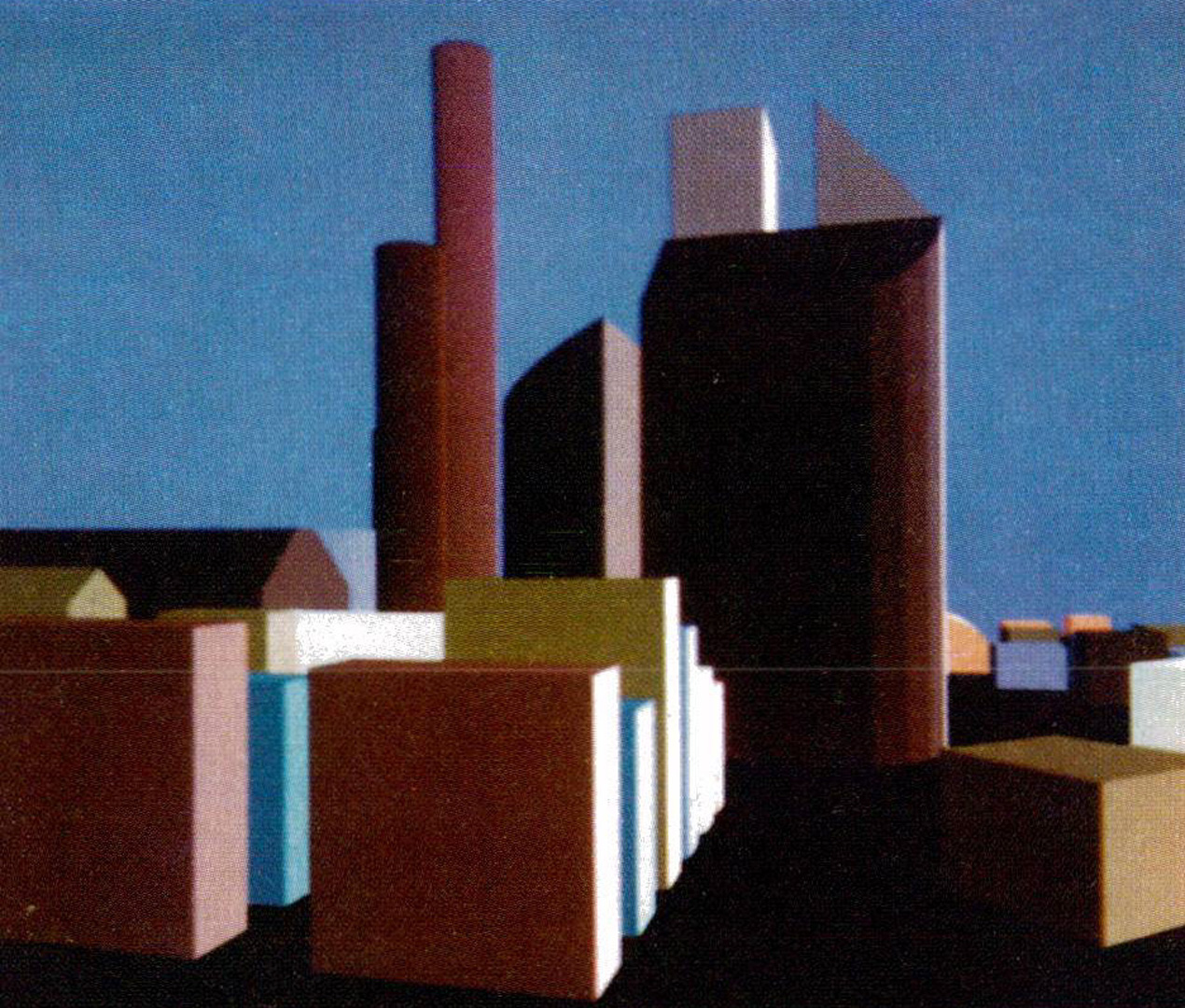“Path specification and path coherence” by Shelley and Greenberg
Conference:
Type(s):
Title:
- Path specification and path coherence
Presenter(s)/Author(s):
Abstract:
This paper presents an interactive method for specifying a path in space and time through a three-dimensional environment. A sequence is generated by showing the series of views along the path. The sequence is previewed on a vector scope, and after it is interactively refined, each frame is rendered on a raster device. The path is represented by a B-spline to provide smooth, continuous motion. The timing along the path is also defined by a B-spline so that changes in velocity are smooth. The use of “path coherence” is introduced. The utilization of the available data from the a priori temporal and spatial path definition holds great promise for frame to frame coherence. The path coherence can be used to reduce the number of polygons which need to be considered in a viewed environment. This reduction makes the previewing of complex environments appear less cluttered. Furthermore, the computational expense of the culling and sorting operations in the visible line/surface determination is reduced. One sample usage of this is a tree-structured partitioned environment where the priority ordering of the environment must be changed only when the path crosses a partition boundary.
References:
1. Baecker, R., “Picture-driven Animation,” Spring Joint Computer Conference, 1969, AFIPS Press.
2. Clark, J., “Hierarchical Geometric Models for Visible Surface Algorithms”, Communications of the ACM, volume 19, number 10, Oct., 1976.
3. Cook, R., “Polygonal Database User’s Guide,” Program of Computer Graphics, Cornell University, Ithaca. New York, unpublished, 1981.
4. Cosman, M., Schumacker, R., “System Strategies to Optimize CIG Image Content,” Proceedings Image II Conference, Scottsdale, Arizona, June, 1981.
5. Feibush, E., Levoy, M., Cook, R., “Synthetic Texturing Using Digital Filters,” SIGGRAPH/80 Conference Proceedings, Seattle, Wash., July, 1980.
6. Fuchs, H., Kedem, Z., Naylor, B., “On Visible Surface Generation by A Priori Tree Stuctures”, SIGGRAPH/80 Conference Proceedings, Seattle, Wash., July, 1980.
7. Hubschman, H., Zucker, S., “Frame To Frame Coherence and the Hidden Surface Computation: Constraints for a Convex World”, SIGGRAPH/81 Conference Proceedings, Dallas, Texas, August, 1981.
8. Levoy, M., “FILM ANIMATION: Presenting Both Historical and Technical Aspects of the Subject and Introducing: Nereus a Computer-Aided Key-Frame Animation System”, B.Arch. Thesis, Cornell University, Ithaca, New York, 1976.
9. Newman, W., Sproull, R., Principles of Interactive Computer Graphics, McGraw-Hill Book Co., New York, New York, 1979.
10. Robertz, W., “Graphical Input System for Computer-Aided Architectural Design”, Proceedings CAD 80, IPC Science and Technology Press, Guildford, UK, March 1980.
11. Schumacker, R., “A New Visual System Architecture,” Proceedings Second Interservice/Industry Training Equipment Conference, Salt Lake City, Utah, November, 1980.
12. Sutherland,I., Sproull, R., and Schumacker, R., “A Characterization of Ten Hidden-Surface Algorithms”, Computing Surveys, volume 6, number 1, March 1974.
13. Wallace, B., “Merging and Transformation of Raster Images for Cartoon Animation,” SIGGRAPH/81 Conference Proceedings, Dallas, Texas, August, 1981.
14. Wein, M., Burtnyk, L., “Computer Generated Key-frame Animation,” Journal SMPTE, March, 1971.
15. Wein, M., Tanner, P., Bechthold, G., Burtnyk, N., “Hidden Line Removal for Vector Graphics”, SIGGRAPH/78 Conference Proceedings, Atlanta, Ga., August, 1978.
16. Wild, E.C., Rougelot, R.S., Schumacker, R.A., “Computing Full Color Perspective Images,” Electronics Laboratory, Syracuse, New York, 1971.
17. Wu, S.C., Abel, J., Greenberg, D., “An Interactive Computer Graphics Approach to Surface Representation”, Communications of the ACM, volume 20, number 10, October, 1977.




